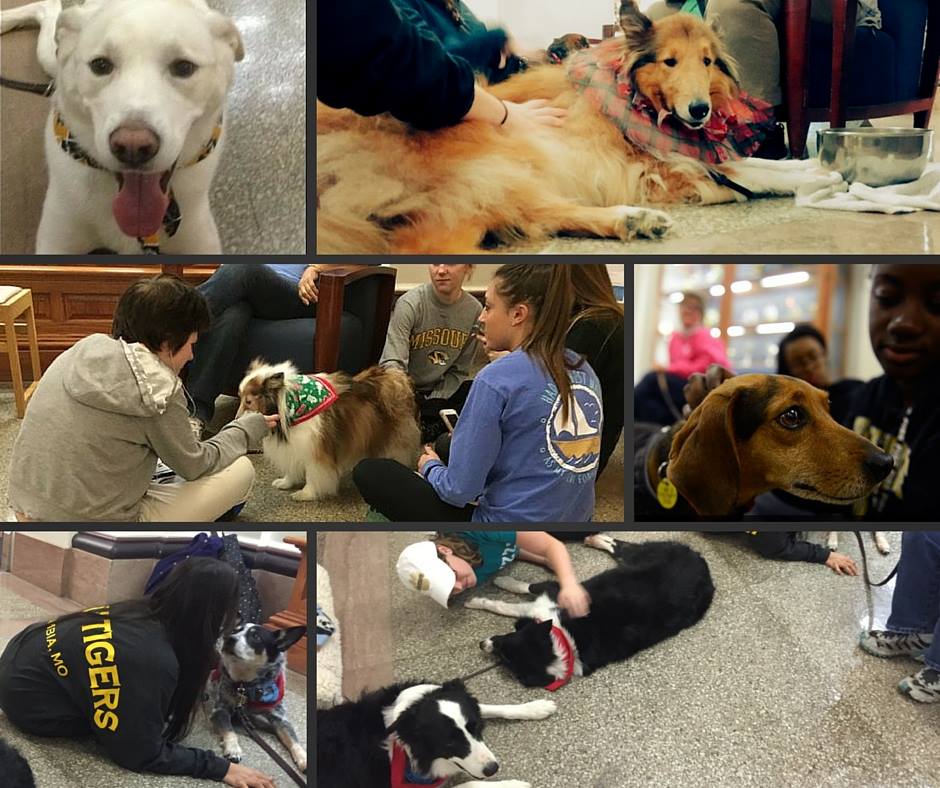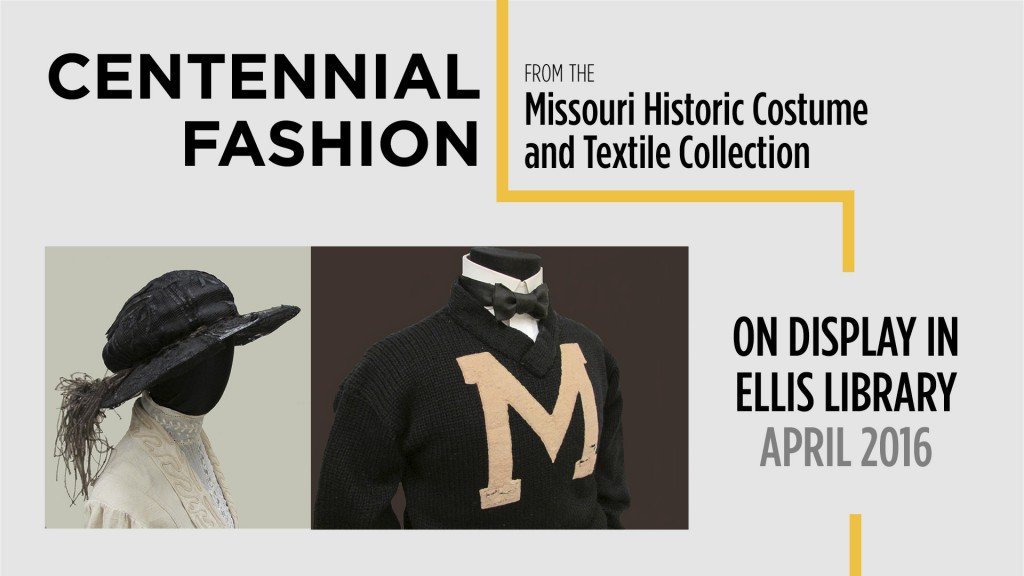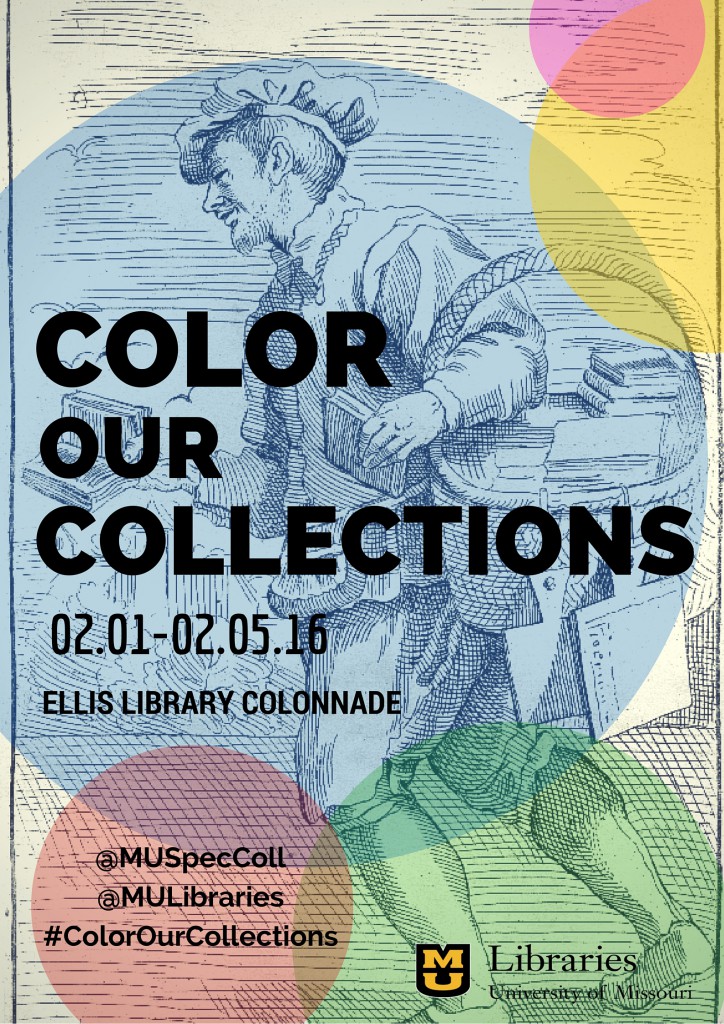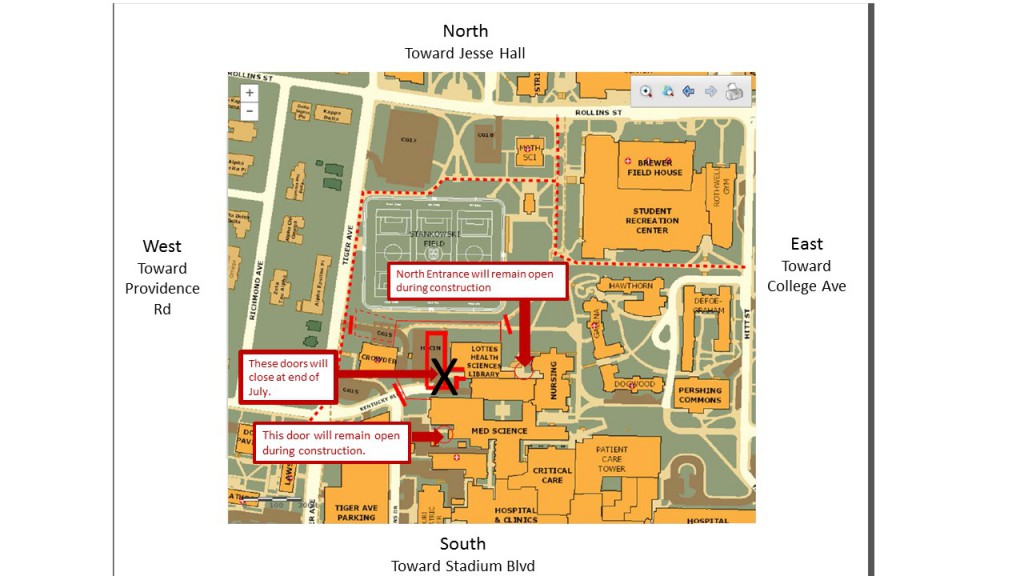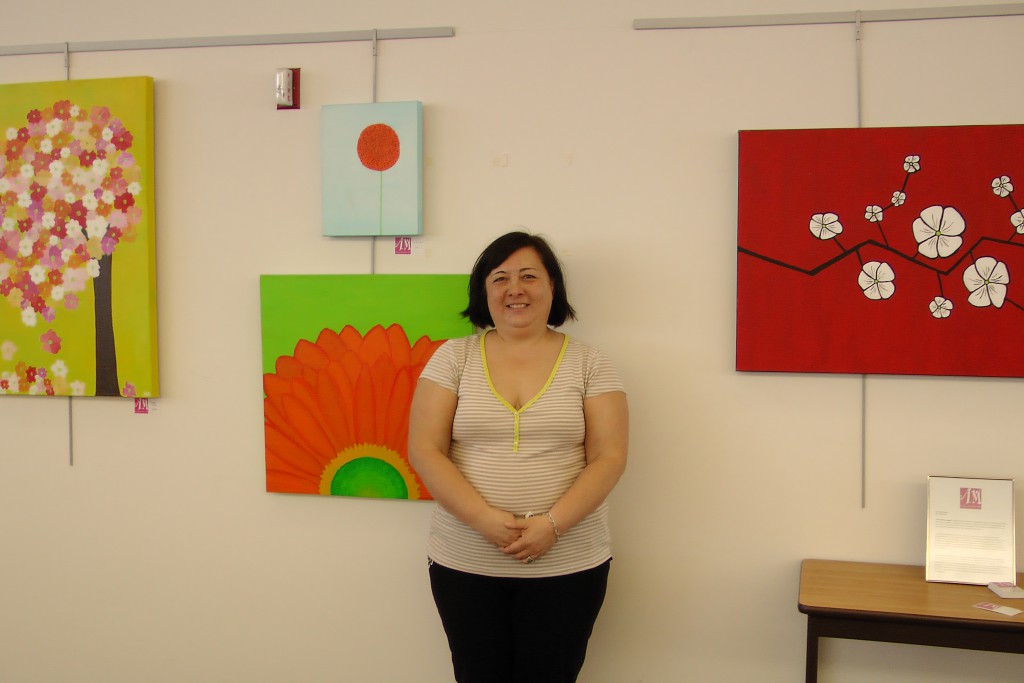MIZZOU IS OPEN FOR COLLABORATION: A Panel Discussion at Ellis Library
Wednesday, October 21, 2015
Ellis Library, Room 114, 4-5pm
Refreshments will be served
“Open for Collaboration” is the theme of the global observance of Open Access Week 2015. Making research, papers, presentations and other works freely available can drive collaboration and advance research. Join us to hear from three panelists from the University of Missouri who will speak from different viewpoints about the impact of open access.
•Jack Schultz, who will serve as moderator of the panel, is the director of the Bond Life Sciences Center and a Professor of Entomology. His research is in chemical and molecular ecology and he has published over 150 scientific papers, many in open access journals.
•Denice Adkins is a researcher in the School of Library Science & Learning Technologies who seeks to make her works freely available and recently added several presentations and published articles to MOspace.
•John Zemke is the editor of the online journal, Oral Tradition, which became a free, open-access periodical in 2006 as a way to expand readership and authorship.
•Randy Diamond is the director of MU Law Library, which manages a vibrant open access repository of scholarly and archival materials called Scholarship Repository.
